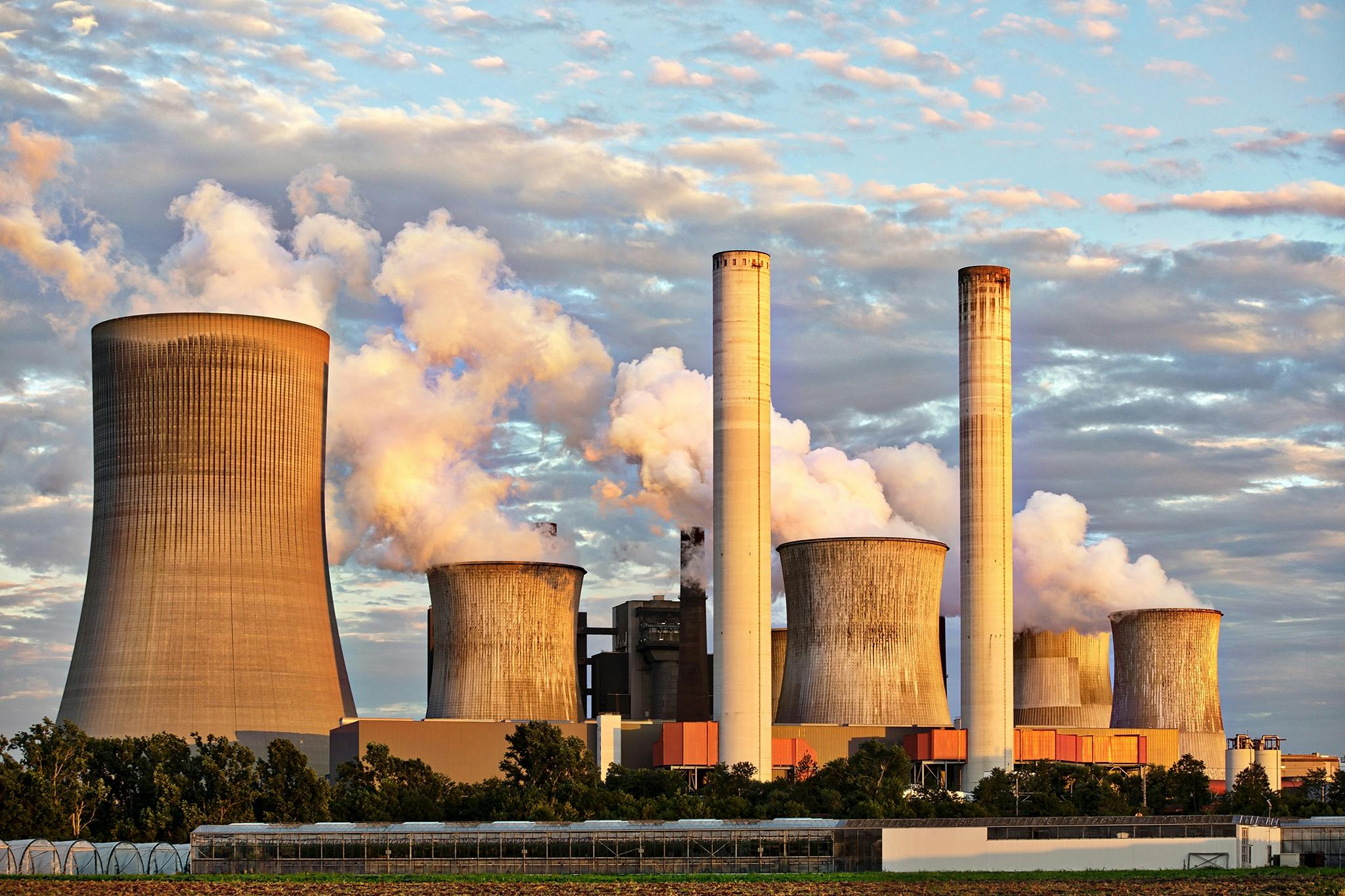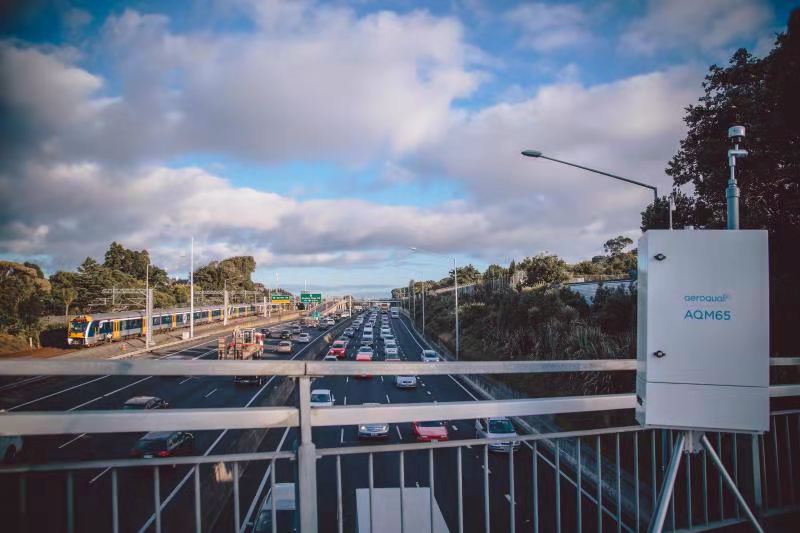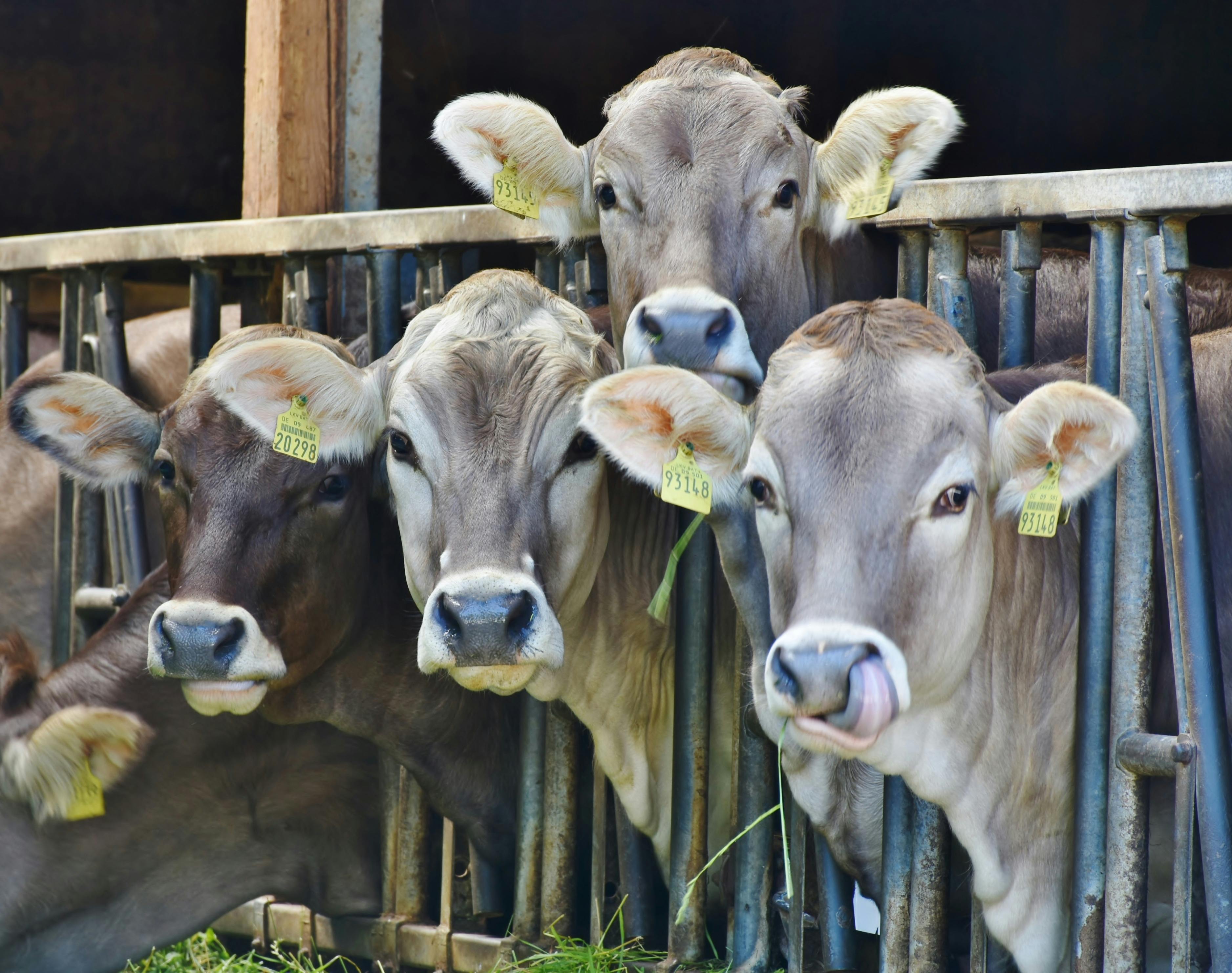
- Petrochemical Industry: Monitoring flammable and explosive gases (e.g., methane, propane), toxic gases (e.g., hydrogen sulfide, carbon monoxide), and oxygen levels to prevent explosions, leaks, or poisoning incidents.
- Mining and Underground Operations: Detecting methane (CH₄), carbon monoxide (CO), and oxygen (O₂) to mitigate risks of gas explosions or suffocation.
- Manufacturing Facilities: Monitoring harmful gases (e.g., ozone, benzene derivatives) generated during welding, painting, or chemical processes.
- Gas Pipelines and Storage Tanks: Real-time detection of natural gas or liquefied petroleum gas (LPG) leaks to ensure safe transportation and storage.

2. Environmental Monitoring and Pollution Control
- Wastewater Treatment Plants: Detecting toxic or combustible gases like hydrogen sulfide (H₂S) and methane (CH₄) to protect worker safety.
- Landfills: Monitoring biogas (methane, carbon dioxide) concentrations to prevent explosions and optimize gas recovery for energy use.
- Air Quality Monitoring Stations: Analyzing atmospheric pollutants such as PM2.5, sulfur dioxide (SO₂), and nitrogen oxides (NOx).


5. Laboratories and Research Facilities
- Chemical Labs: Detecting leaks of toxic gases (e.g., chlorine, ammonia) or flammable gases.
- Biosafety Labs: Monitoring residual disinfectants (e.g., ozone, ethylene oxide).
- New Energy Research: Hydrogen fuel applications require monitoring for hydrogen (H₂) leaks due to its flammability.
6. Agriculture and Livestock Farming
- Greenhouses: Optimizing plant growth by regulating CO₂ levels.
- Livestock Farms: Detecting ammonia (NH₃) and hydrogen sulfide (H₂S) to improve animal health and air quality.
- Biogas Systems: Monitoring methane levels during biogas production and storage.

7. Specialized Industries and Emerging Fields
- Aerospace: Ensuring gas safety in fuel tanks and enclosed cabins.
- Lithium Battery Production: Detecting flammable gases (e.g., carbonate esters) from electrolyte evaporation.
- Hydrogen-Powered Vehicles: Onboard hydrogen detectors to prevent fuel cell leaks.
Key Functional Requirements
- Explosion-Proof Design: Compliance with ATEX or IECEx certifications for hazardous environments.
- Multi-Gas Detection: Simultaneous monitoring of gases like O₂, H₂S, CO, and CH₄.
- Wireless Connectivity and Remote Monitoring: IoT integration for real-time data transmission and alerts.
Gas detector selection depends on target gas types, concentration ranges, environmental conditions (temperature/humidity), and safety standards. Regular calibration and maintenance are critical to ensure accuracy.
TEL:18995278133ADD:Block A, Yinchuan Zhongguancun Innovation Center, Xingzhou Street, Xixia District, Yinchuan, Ningxia
Copyright©2025 Ningxia Maiya Sensor Technology Development Co., Ltd
宁ICP备2022001619号-1